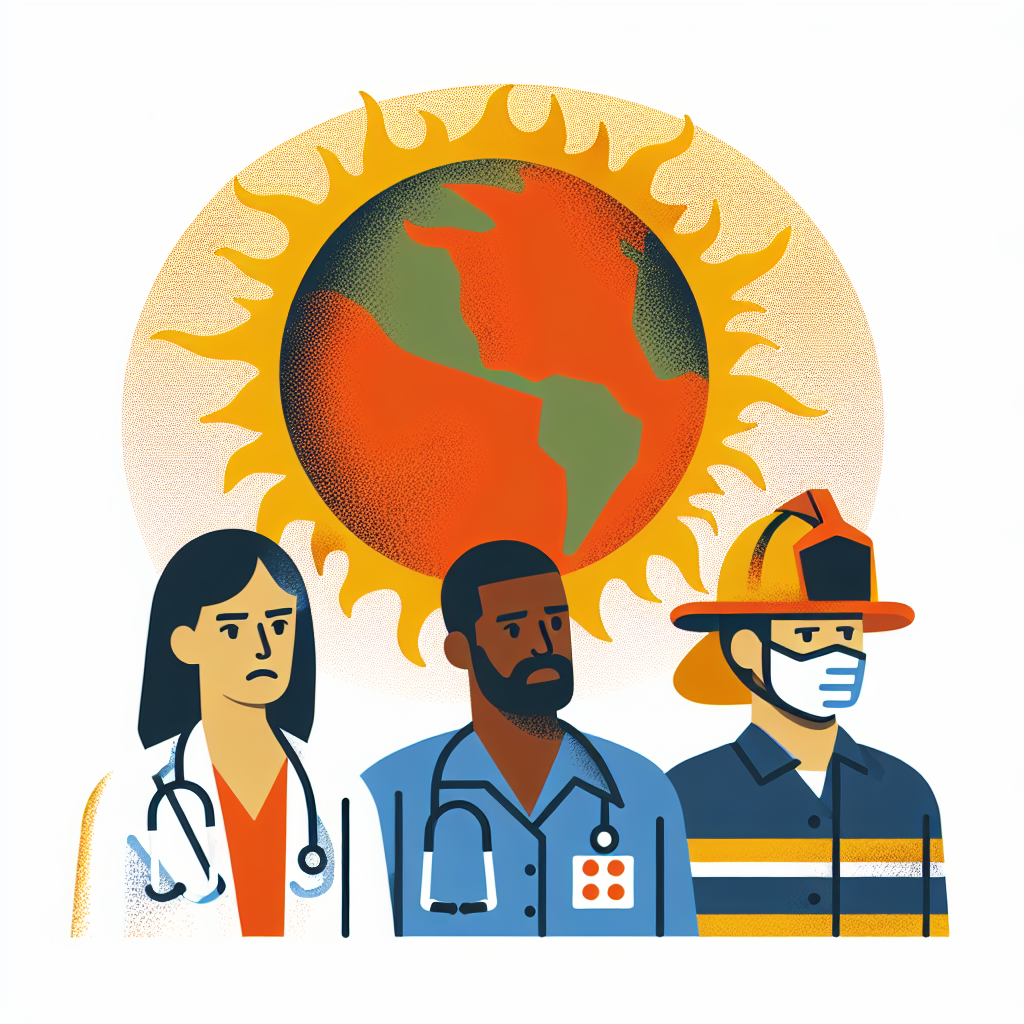
Global Impacts of Rising Heat Stress on Workers’ Safety
As the frequency and intensity of heatwaves continue to rise globally, the implications for public health and labor markets are becoming alarmingly clear. Recent reports by the UN’s World Health Organization (WHO) and World Meteorological Organization (WMO) highlight the severe risks posed by extreme heat to workers’ health and livelihoods (UN News). These organizations warn that without immediate action, heat stress could become a defining public health challenge of our time.
Understanding Heat Stress
Heat stress occurs when the body cannot maintain a healthy temperature due to environmental factors – a situation exacerbated by climate change. According to WHO, extreme heat strains cardiovascular functions and increases mortality, particularly among older adults, children, and those with pre-existing health conditions (The Scientist) The impact on mental health and wellbeing is equally concerning, with rising temperatures linked to increased anxiety, poor sleep, and even aggression.
Impact on Workers
The implications for the workforce are profound. Physical labor, common in industries like agriculture and construction, is especially vulnerable. Heat stress not only jeopardizes workers’ health but also affects productivity, leading to economic losses. The International Labour Organization has estimated that productivity losses due to heat stress could result in a global economic cost equivalent to 80 million full-time jobs by 2030 (UN News).
Preventative Measures and Global Challenges
Preventing heat-related health issues requires a comprehensive approach, focusing on adaptation and mitigation strategies. Adaptive measures include redesigning work schedules, introducing rest breaks, and improving access to shade and hydration. Equally, urban planning must prioritize green spaces and reflective materials to reduce urban heat islands.
Policy Interventions
Governments and organizations worldwide must act swiftly to implement heat action plans. The example set by cities like Ahmedabad in India, which have introduced comprehensive heat response plans, provides a blueprint for others to follow. Such plans include early warning systems, community outreach, and infrastructural investments to prevent heat-related health risks.
The Road Ahead
As heatwaves intensify, collaboration between international bodies, governments, and communities becomes essential in crafting solutions that protect the most vulnerable. Research underscores the importance of understanding the comprehensive impacts of heat on health to design effective interventions. Innovative strategies in public health, city planning, and policy-making are crucial to combating this growing threat.
Conclusion
Facing the twin challenges of climate change and global health, the need for action is immediate and clear. Emphasizing the urgency for integrated policies, technological advancements, and cross-sector collaboration, we must tackle this pressing issue to safeguard the future of work and public health. It is time to align global efforts towards mitigating the multifaceted impacts of rising heat stress.



